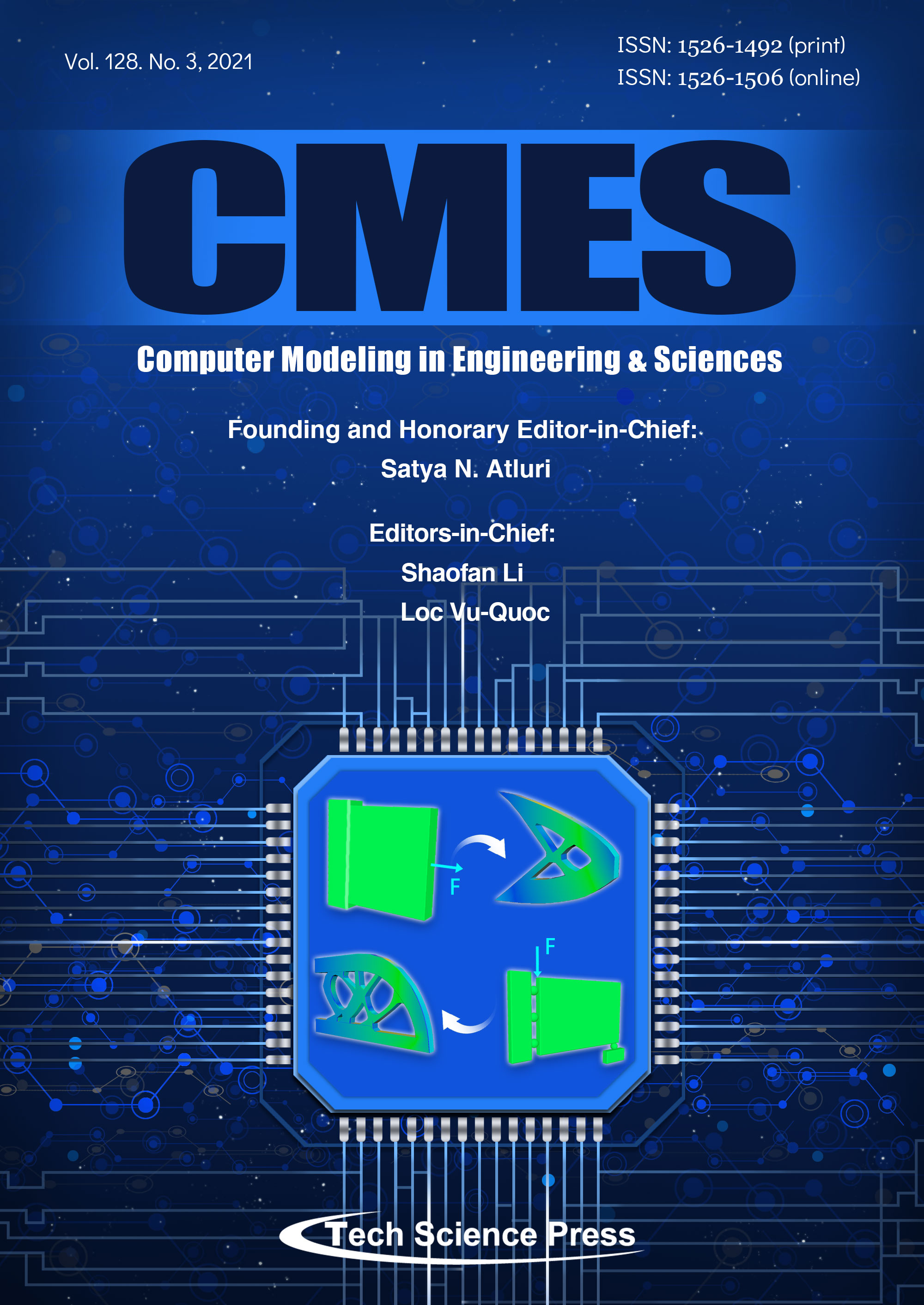Global and Graph Encoded Local Discriminative Region Representation for Scene Recognition
Chaowei Lin1,#, Feifei Lee1,#,*, Jiawei Cai1, Hanqing Chen1, Qiu Chen2,*
CMES-Computer Modeling in Engineering & Sciences, Vol.128, No.3, pp. 985-1006, 2021, DOI:10.32604/cmes.2021.014522
- 11 August 2021
Abstract Scene recognition is a fundamental task in computer vision, which generally includes three vital stages, namely feature extraction, feature transformation and classification. Early research mainly focuses on feature extraction, but with the rise of Convolutional Neural Networks (CNNs), more and more feature transformation methods are proposed based on CNN features. In this work, a novel feature transformation algorithm called Graph Encoded Local Discriminative Region Representation (GEDRR) is proposed to find discriminative local representations for scene images and explore the relationship between the discriminative regions. In addition, we propose a method using the multi-head attention module More >



 Submit a Paper
Submit a Paper Propose a Special lssue
Propose a Special lssue